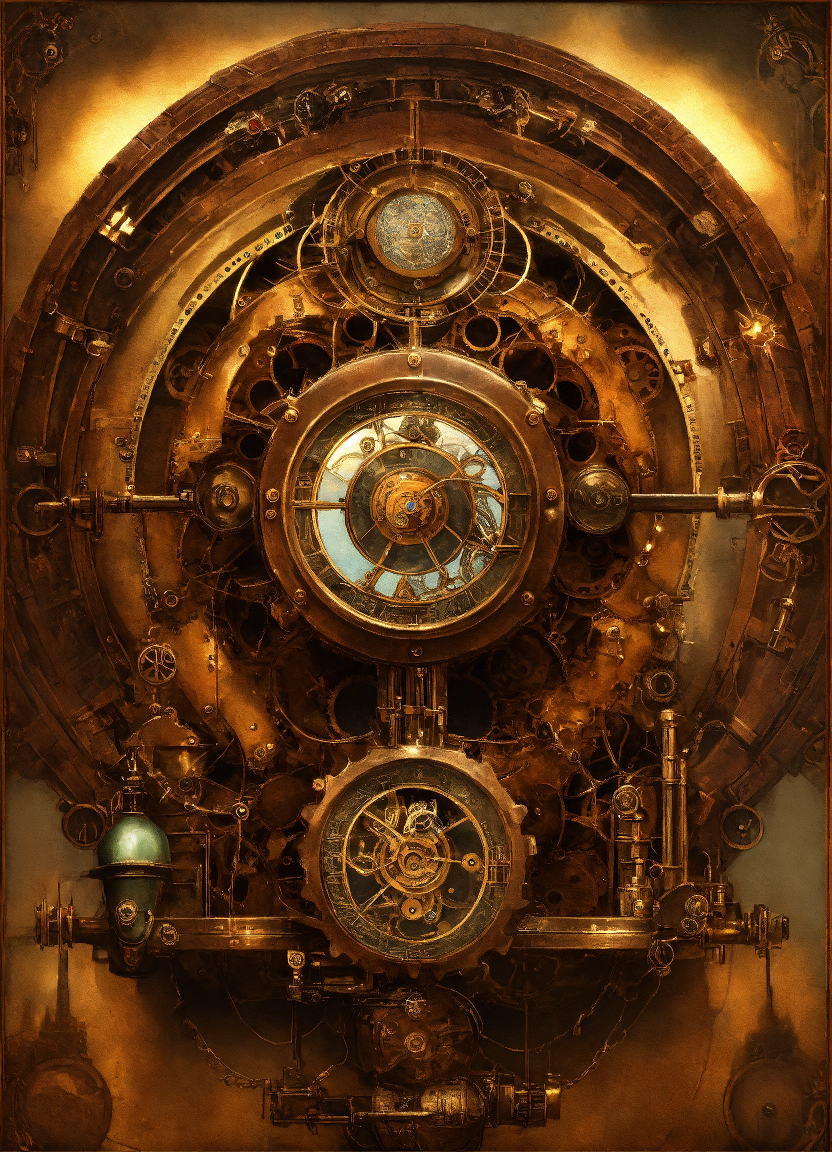An archetype is a recurrent motif, a “first” form, or a set pattern of behaviour.
“Archetypes,” Carl Jung says, “are the living system of reactions and aptitudes that determine the individual’s life in invisible ways.”
We observe archetypes in every character of our personal dreams, the stories we read, the films we watch, the art we admire, and the collective myths we share.
Examples of common character archetypes include The Mother, The Father, The Child, The Shadow, The Persona, The Magician, The Hero, and The Trickster, among others. Each character acts out certain patterns of behaviour that we have become attuned to over time.
“The archetypes,” says Jungian psychologist Marie-Louise von Franz, “are inherited dispositions, which cause us to react in a typical way to basic human problems, inner or outer.”
